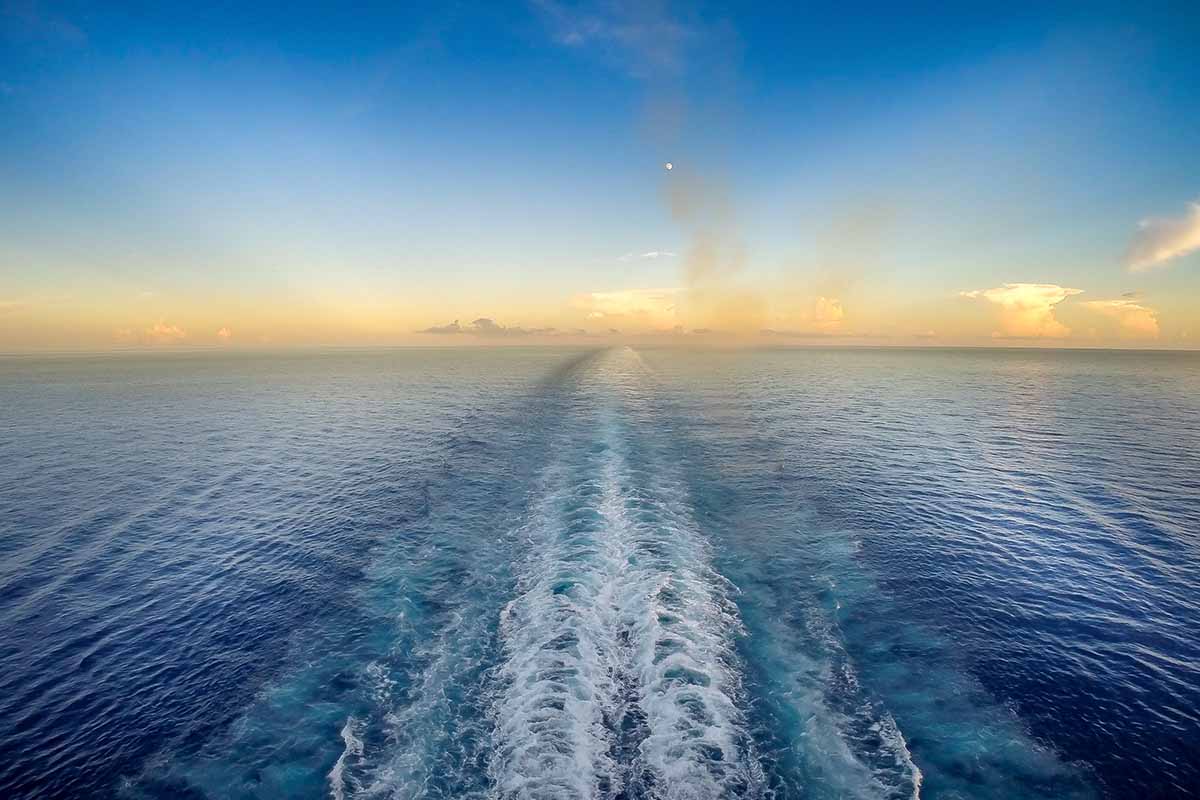



Itinerary

Day 1 : Rome/ITALY
The port of Civitavecchia is the gateway to The Eternal City, where all roads lead. Mad traffic careens past monuments of the great civilizations of the past. You will want to see it all: the soaring inspiration of St. Peter's, the Vatican and the Sistine Chapel; the flow of life along the Spanish Steps, the Coliseum, the Via Veneto and Trevi Fountain. Be sure to leave time for la dolce vita in one of the piazzas.

Day 2 : At Sea

Day 3 : Cefalonia/GREECE
Cefalonia/Kephallonia

Day 4 : Corfu/GREECE
Though once ruled by Venetian doges, Turkish sultans and French invaders, today's Corfiot citizen is as Greek as they come. Marvel at the 17th-century icons in St. George's Church, the medieval Palace of Phrourio or the 19th-century Achilleion Palace. The greenest of the Greek Isles, Corfu also boasts thriving vineyards and olive orchards among its rugged mountains.

Day 5 : Kotor/MONTENEGRO
This typical Mediterranean town is located at the end of Kotor Bay, which sits on the Montenegrin coast in the southern Adriatic. Due to the history of Kotor, it is the oldest town in Montenegro and is now a historical monument protected by the state. This town of Kotor has belong to many countries, around 3 B.C. the town was colonized by the Greeks, and later was an affiliate of Roman and Byzantine empires. In 1797, this town became a vital naval base under Austria's possession. In 1918, after World War II, this town became the property of Yugoslavia and is now included in the constituent republic of Montenegro. Kotor has been a 16th century cathedral, town walls, and a medieval fort.

Day 6 : Dubrovnik/CROATIA
Jewel of the Dalmatian coast, girded in ninth-century walls that rise sheerly from the water's edge, Dubrovnik is one of the best-preserved medieval towns in Europe. Within the ancient fortifications is a labyrinth of narrow alleyways and a striking Renaissance boulevard called the "Stradun."

Day 7 : At Sea
Day 8 : Trieste/ITALY
Day 9 : Zadar/CROATIA

Day 10 : Split/CROATIA

Day 11 : At Sea

Day 12 : Valletta/MALTA
The Knights of St. John made this their base in the Mediterranean Sea. The castles, cathedrals and fortresses they built still are their remaining legacy. But Phoenicians, Romans, Carthaginians and Arabs preceded them and left their marks as well. Take a drive to M''dina, the former capital, and wonder at Europe''s third-largest dome in Mostra.

Day 13 : At Sea

Day 14 : Palma/SPAIN
The major island in the chain known as the Balearics, Mallorca is Spain's sunny outpost in the Mediterranean. The town of Palma boasts a shady plaza near the Gothic Cathedral. Visit the Roman ruins and the Drach Caves nearby, or journey to the enchanting village of Valledemosa. Leave time to shop for lovely majolica faux pearls and hand-made lace.

Day 15 : Barcelona/SPAIN
Barcelona is the cultural heartland of Spain, yet its first language is Catalan, the native tongue of the proudly independent Catalonia region. Stroll down the shady, tree-lined Ramblas between street musicians and elegant bistros. Then perhaps visit the venerable Gothic cathedral, Picasso Museum or enjoy the architectural genius of Antonio Gaudi's Church of the Holy Family.

Day 16 : At Sea

Day 17 : At Sea
Day 18 : Heraklion
Heraklion, the capital of Crete and its principal commercial port, is just three miles away from the fantastic ruins of the Palace of Knossos. Discovered in 1899 by Sir Arthur Evans and partially reconstructed, the elaborate Palace is believed to be the mythical Labyrinth of King Minos and the seat of ancient Minoan culture. The Archaeological Museum in Heraklion displays many of the treasures found during the excavations.
Day 19 : Kusadasi/TURKEY
This charming, picturesque resort where Antony and Cleopatra used to vacation is best known as the port for the ancients ruins of Ephesus - one of the world's most wondrous archaeological sites. Explorations should include such masterpieces as the Great Amphitheatre, where St. Paul addressed the Ephesians, the Library of Celsus, and the temples of Athena and Apollo - all connected by marble streets rutted by the wheels of countless chariots.
Day 20 :
Day 21 : Istanbul/TURKEY
Once called Constantinople, the former capital of the Byzantine Empire is the only city in the world to straddle two continents: Europe and Asia. This is the Golden Horn, the door between East and West, and your first vision of its domes and minarets is unforgetable. Hagia Sophia, the Blue Mosque and Sultan treasures in Topkapi Palace await - as does the Grand Bazaar, laden with carpets, beaten brass and spices from afar.
Day 22 : Istanbul/TURKEY
Once called Constantinople, the former capital of the Byzantine Empire is the only city in the world to straddle two continents: Europe and Asia. This is the Golden Horn, the door between East and West, and your first vision of its domes and minarets is unforgetable. Hagia Sophia, the Blue Mosque and Sultan treasures in Topkapi Palace await - as does the Grand Bazaar, laden with carpets, beaten brass and spices from afar.
